Cutting Composite Decking Lengthways: Tips and Tricks
Learn expert advice on cutting composite decking lengthwise, ensuring clean cuts and maintaining the integrity of the material for a beautiful outdoor space.
Cutting Composite Decking Lengthways: Tips and Tricks
Introduction
Composite decking has become a popular choice for outdoor living spaces due to its durability, low maintenance, and aesthetic appeal. One of the challenges faced by DIY enthusiasts and professionals alike is cutting composite decking lengthways. Unlike traditional wood, composite materials require special techniques to achieve clean cuts without damaging the material. This article aims to provide practical tips and tricks for cutting composite decking lengthways, focusing on achieving professional results and avoiding common mistakes.
Tips and Tricks for Cutting Composite Decking Lengthways
When cutting composite decking lengthways, it’s essential to understand the unique properties of this material. Composite decking is made from a combination of wood fibers and plastic, which makes it more challenging to cut than solid wood. Here are some practical tips to help you achieve professional results:
Use the Right Tools
The first step in cutting composite decking lengthways is to use the right tools. A circular saw with a carbide-tipped blade is recommended as it can handle the hardness of composite materials. Avoid using blades designed for cutting wood or metal, as they may not produce the desired results. According to Family Handyman, a blade with at least 60 teeth is ideal for cutting composite decking.
Maintain a Steady Hand
Composite decking is prone to splintering, especially when cut from the top surface. To prevent this, it’s crucial to maintain a steady hand while cutting. One effective technique is to score the top surface of the decking with a utility knife before making the final cut. This scoring helps create a clean edge and reduces the risk of splintering. Additionally, using a straightedge guide can help ensure a straight cut and prevent wobbling.
Consider the Direction of Cut
When cutting composite decking lengthways, the direction of the cut is also important. It’s generally recommended to cut from the bottom of the decking, as this reduces the likelihood of splintering on the top surface. If cutting from the top is necessary, consider attaching a piece of painter’s tape along the cut line before making the cut. The tape acts as a barrier, helping to hold splinters in place and preventing them from breaking off.
Finishing Touches
After cutting composite decking lengthways, it’s important to finish the edges to maintain the appearance and longevity of the deck. Sanding the cut edges with fine-grit sandpaper can help remove any rough spots and give the deck a smooth finish. Applying a sealant or protective coating to the cut edges can further enhance the durability of the composite decking.
Common Mistakes to Avoid
While cutting composite decking lengthways, it’s easy to make mistakes that can affect the final result. Some common pitfalls include using the wrong tools, failing to secure the material properly, and not taking the time to plan the cut. By avoiding these mistakes and following the tips outlined above, you can achieve professional-looking results and enjoy your composite deck for years to come.
Conclusion
Cutting composite decking lengthways requires careful planning and the right tools to achieve professional results. By using a carbide-tipped blade, maintaining a steady hand, considering the direction of cut, and finishing the edges, you can create a beautiful and durable outdoor living space. Remember to avoid common mistakes and take the time to do the job right, and you’ll be rewarded with a deck that looks great and stands the test of time.
Reference
How to Cut Composite Decking – Family Handyman
Baoding Plastroy WPC Products
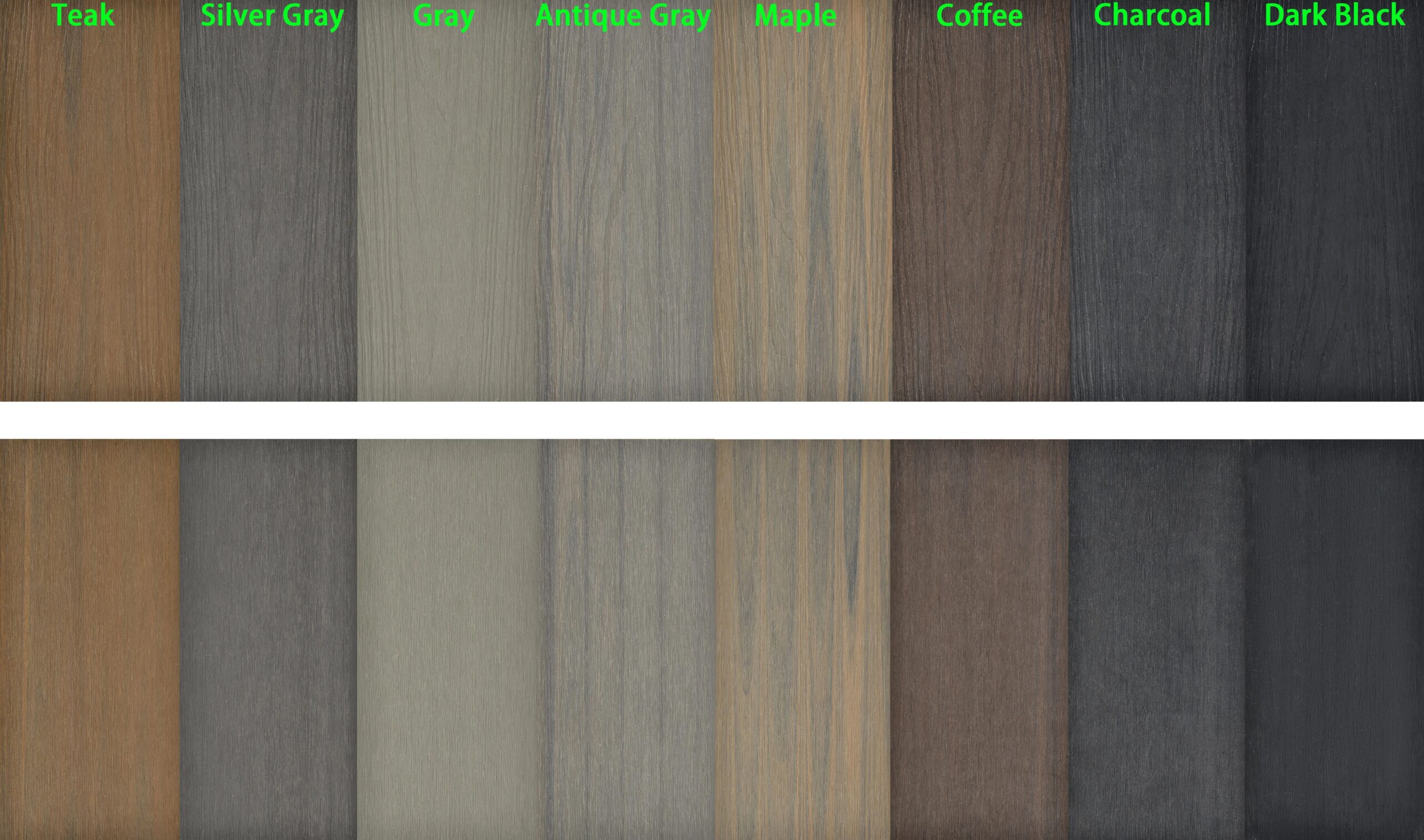

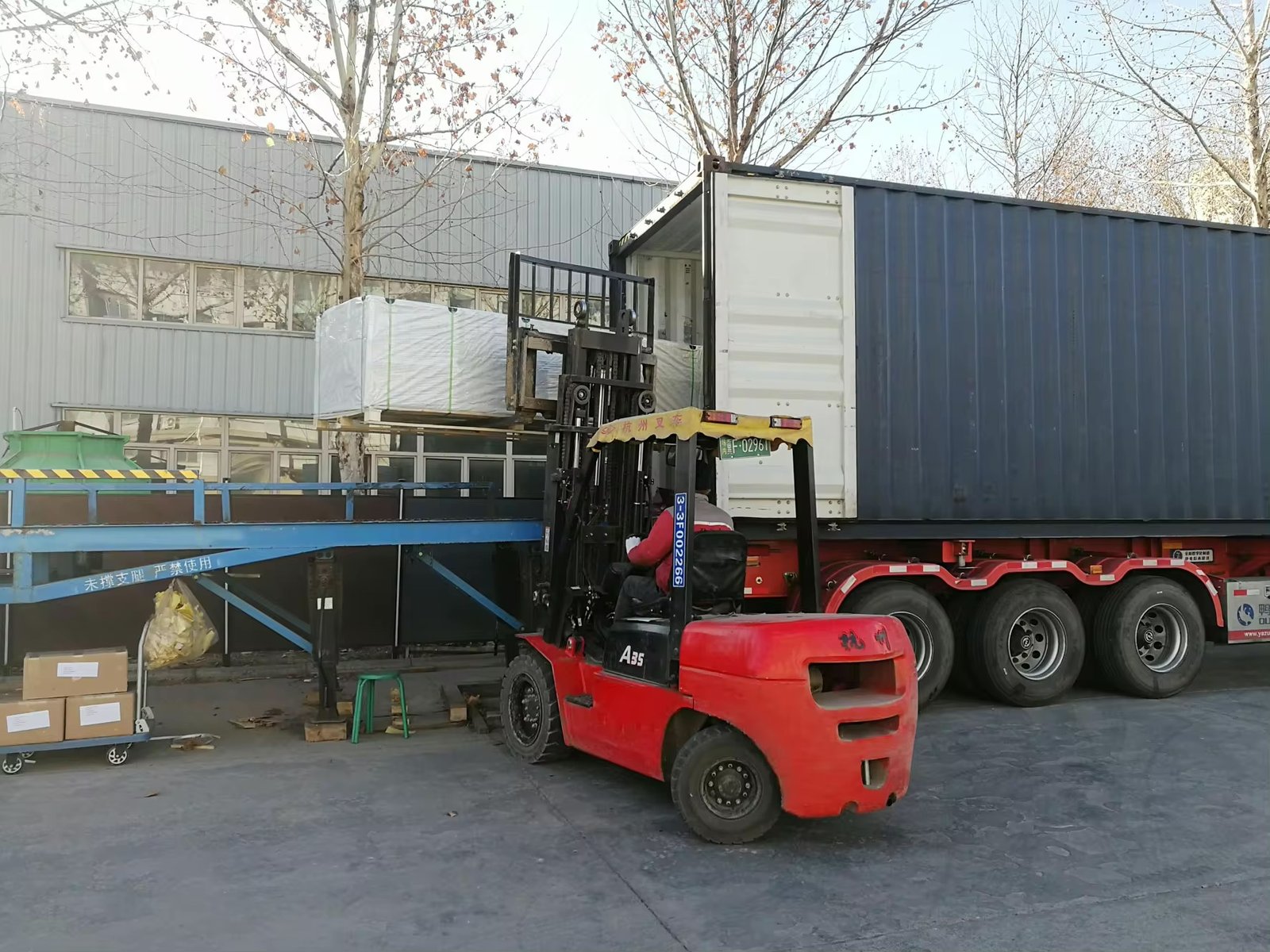
Why Choose Plastory?
Baoding Plastory New Materials Co., Ltd. is a manufacturer of decorative materials with over 9 years of experience and 56 separate production lines.
Currently, our annual production exceeds 30,000 tons, with products exported to more than 50 countries worldwide.
Plastory is the drafting unit of the WPC National Standards and has obtained certifications such as REACH, ASTM, CE, and FSC. Plastory is dedicated to maintaining consistent quality, focusing on details, and prioritizing customer satisfaction.
Our factory is located in Baoding, Hebei Province, China, with a prime location and convenient transportation access. Baoding is approximately a 1.5-hour drive from Beijing Capital International Airport and just 2 hours away from Tianjin Port, making it easy for global clients to visit and facilitating efficient shipping of goods. Our facility spans a large area, equipped with advanced production equipment and modern testing facilities to ensure that every batch of products meets the highest quality standards.
We warmly welcome clients from around the world to visit our factory, where you can see our production processes firsthand and experience our product quality. Please feel free to reach out to us—we are committed to providing you with the best products and services.
Kindly get in touch with us to request a product catalogue.

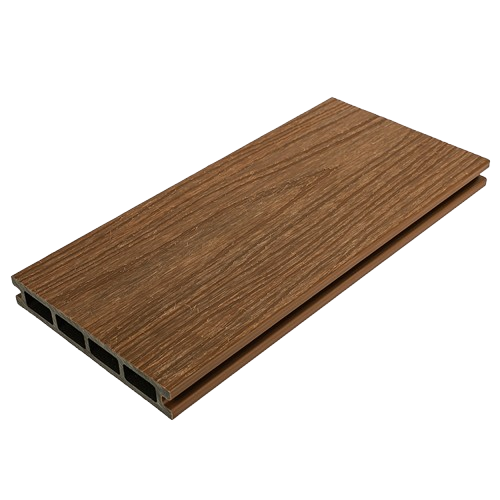

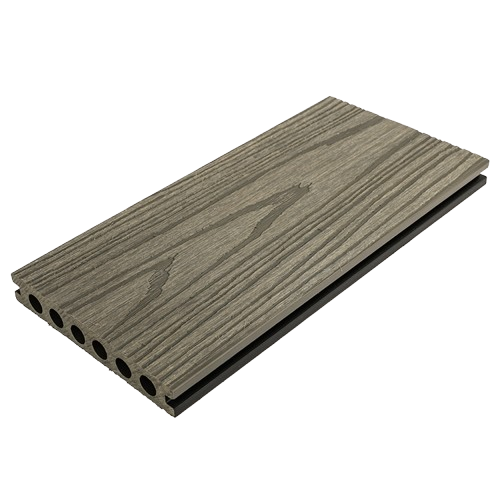
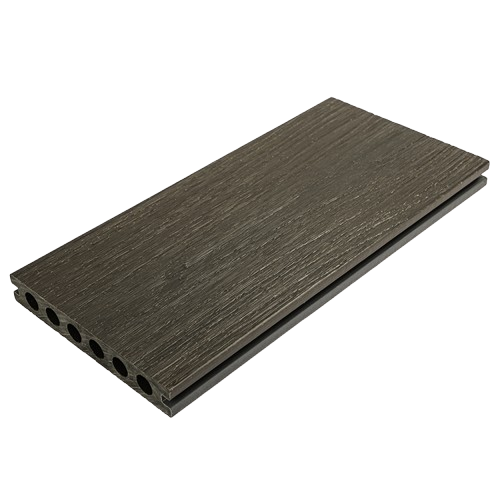
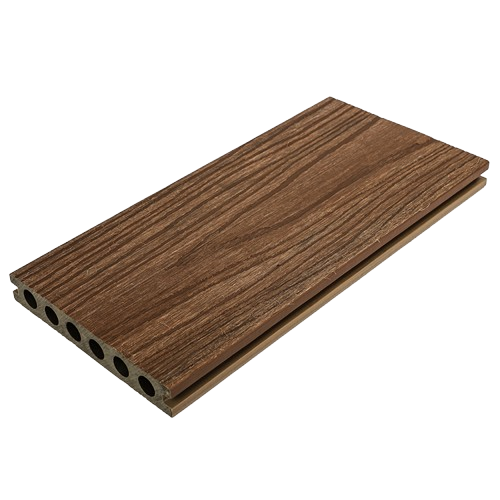
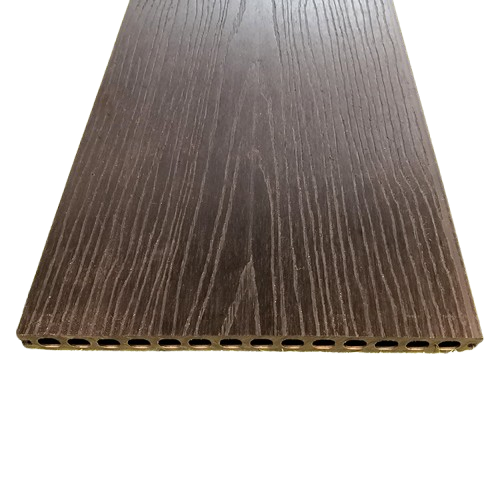
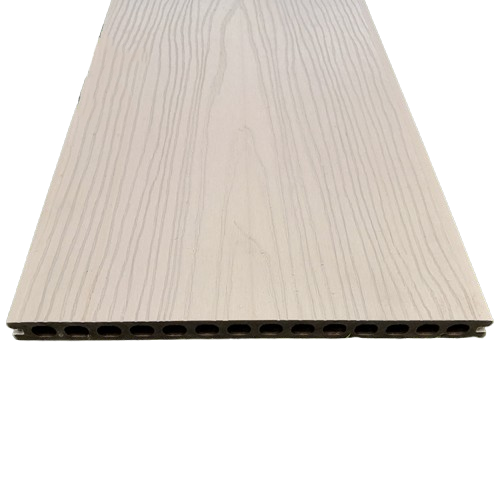

Reviews
There are no reviews yet.